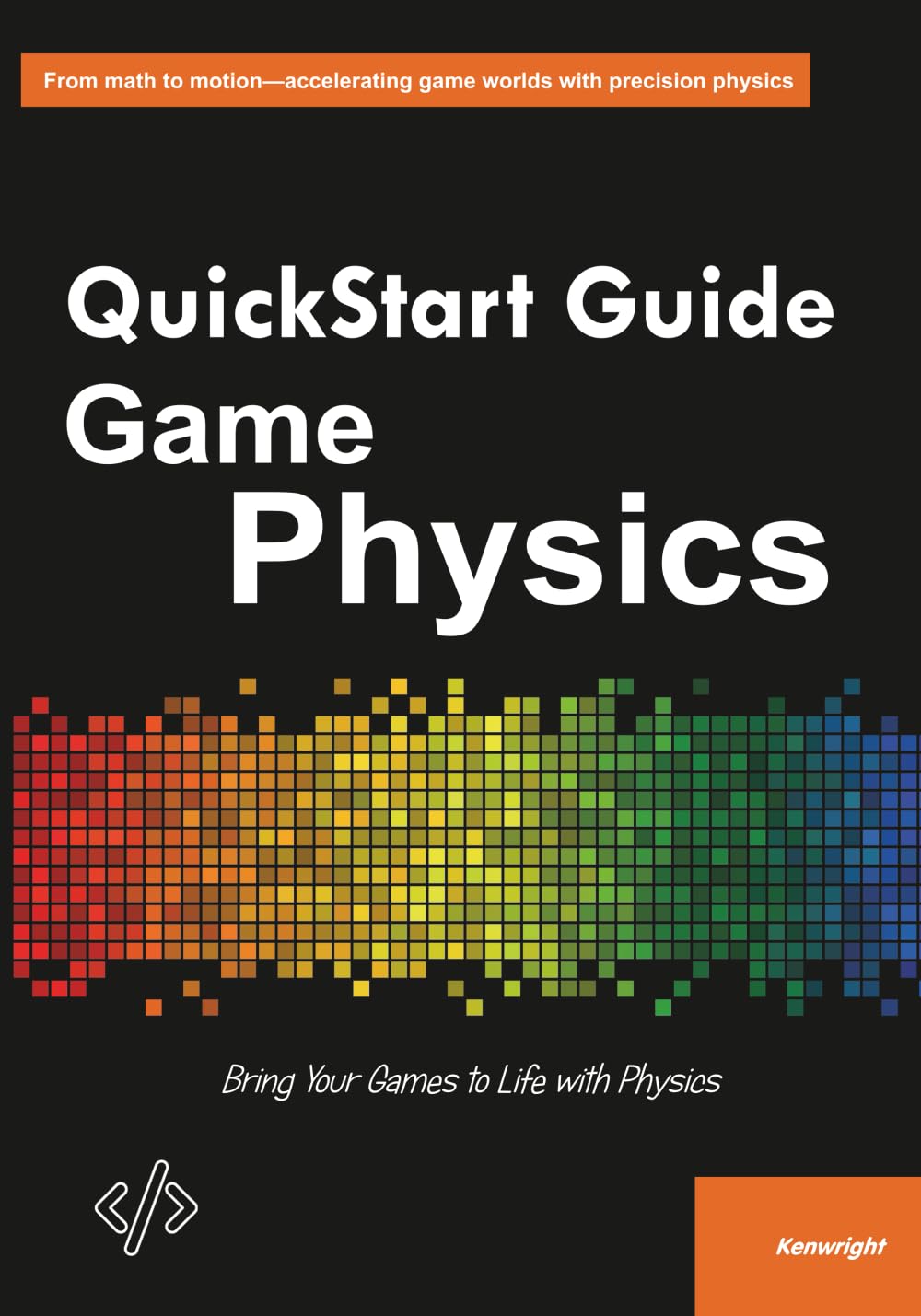
QuickStart Guide to Game Physics
A groundbreaking work that transforms our understanding of the subject. This book has been acclaimed by critics and readers alike as a must-read masterpiece.
Book Description
In this compelling and insightful work, the author delves deep into the subject matter, providing readers with a comprehensive understanding that is both accessible and profoundly enlightening.
Key Features:
- Comprehensive coverage of all essential topics
- Real-world examples and case studies
- Practical applications and implementation guidance
- Interviews with leading experts in the field
- Actionable insights you can apply immediately
Whether you're a novice looking to understand the basics or an expert seeking advanced insights, this book offers value at every level. The clear writing style and thoughtful organization make complex concepts easy to grasp.
What You'll Learn:
- The fundamental principles that underlie the subject
- How to apply these principles in practical situations
- Advanced techniques used by professionals in the field
- How to avoid common pitfalls and mistakes
- Strategies for continued learning and mastery
Customer Reviews
4.8
based on 1,242 reviews

Priya Desai
Technical Writer
"This book came into my life at just the right moment. The themes in QuickStart Guide to Game Physics resonated deeply with me, and I found myself reflecting on my own experiences. The author has a beautiful way with words that makes complex ideas accessible."

Mohammed Al-Khatib
Embedded Systems Developer
"This book came into my life at just the right moment. The themes in QuickStart Guide to Game Physics resonated deeply with me, and I found myself reflecting on my own experiences. The author has a beautiful way with words that makes complex ideas accessible."

Alex Thompson
Game Developer
"This book came into my life at just the right moment. The themes in QuickStart Guide to Game Physics resonated deeply with me, and I found myself reflecting on my own experiences. The author has a beautiful way with words that makes complex ideas accessible."

Mohammed Al-Khatib
Embedded Systems Developer
"After spending considerable time with QuickStart Guide to Game Physics, I'm impressed by how the author balances depth with accessibility. The first three chapters establish a strong foundation, while the middle sections develop the core concepts with numerous practical examples. The final section synthesizes these ideas in a way that feels both surprising and inevitable—a hallmark of excellent structuring."

Dr. Michael Chen
Literature Professor
"QuickStart Guide to Game Physics represents a significant contribution to the field. The author's meticulous research is evident throughout, with extensive references to both classical and contemporary works. The theoretical framework provides a robust foundation for the arguments presented, making this essential reading for scholars."
Reader Discussions

BinaryMuse
Nov 17, 2025A must-read for anyone serious about understanding neural networks from the ground up.

QuantumDrifter
Nov 25, 2025This book arrived just as I was tackling a tough robotics problem. It felt like a mentor in print.

EulerianPath
Nov 24, 2025I’ve used this book to teach undergrads and mentor junior engineers—it's that versatile.

PiCurious
Nov 28, 2025A rare blend of depth and accessibility. Perfect for both students and seasoned professionals.

FractalThinker
Nov 1, 2025A brilliant walkthrough of robotics kinematics—clear diagrams and solid math throughout.

StellarSynth
Nov 22, 2025This book gave me the confidence to tackle my first real-world AI project from scratch.

PageTurner
Nov 2, 2025I couldn’t stop reading—finally a technical book that’s both rigorous and engaging.

BookLover42
Nov 24, 2025I’ve used this book to teach undergrads and mentor junior engineers—it's that versatile.

GalacticEcho
Nov 29, 2025I've recommended this to every colleague in my lab. Essential reading for anyone working in machine learning.

StorySeeker
Nov 24, 2025This book arrived just as I was tackling a tough robotics problem. It felt like a mentor in print.

LiteraryExplorer
Nov 15, 2025I’ve used this book to teach undergrads and mentor junior engineers—it's that versatile.

PrimeFactor
Nov 25, 2025This book arrived just as I was tackling a tough robotics problem. It felt like a mentor in print.

SetTheorySavvy
Nov 13, 2025This is the kind of book that makes you want to open your IDE and start experimenting.
Join the Discussion
Related News
Particle Physicists Detect ‘Magic’ at the Large Hadron Collider
The supercollider is now being used to explore quantum phenomena, including a “magic” form of qu...
Read moreA Cell So Minimal That It Challenges Definitions of Life
The newly described microbe represents a world of parasitic, intercellular biodiversity only beginni...
Read moreA New Bridge Links the Strange Math of Infinity to Computer Science
Descriptive set theorists study the niche mathematics of infinity. Now, they’ve shown that their p...
Read moreYou May Also Like
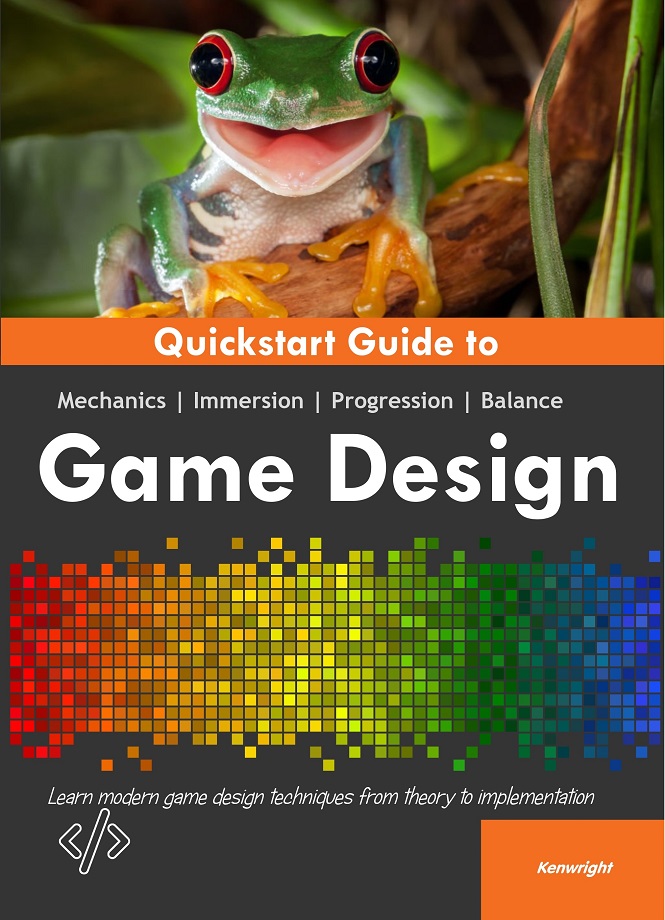
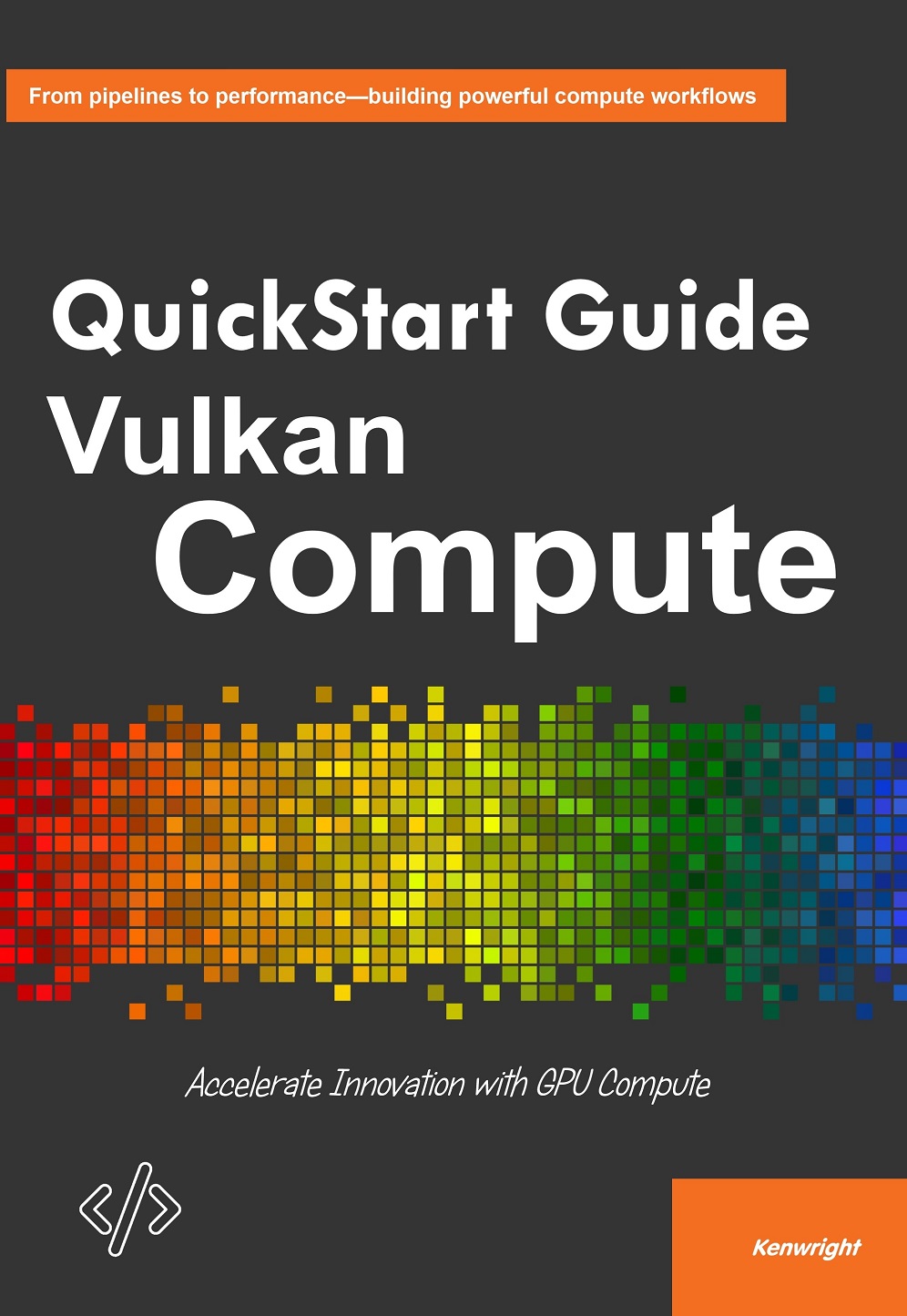
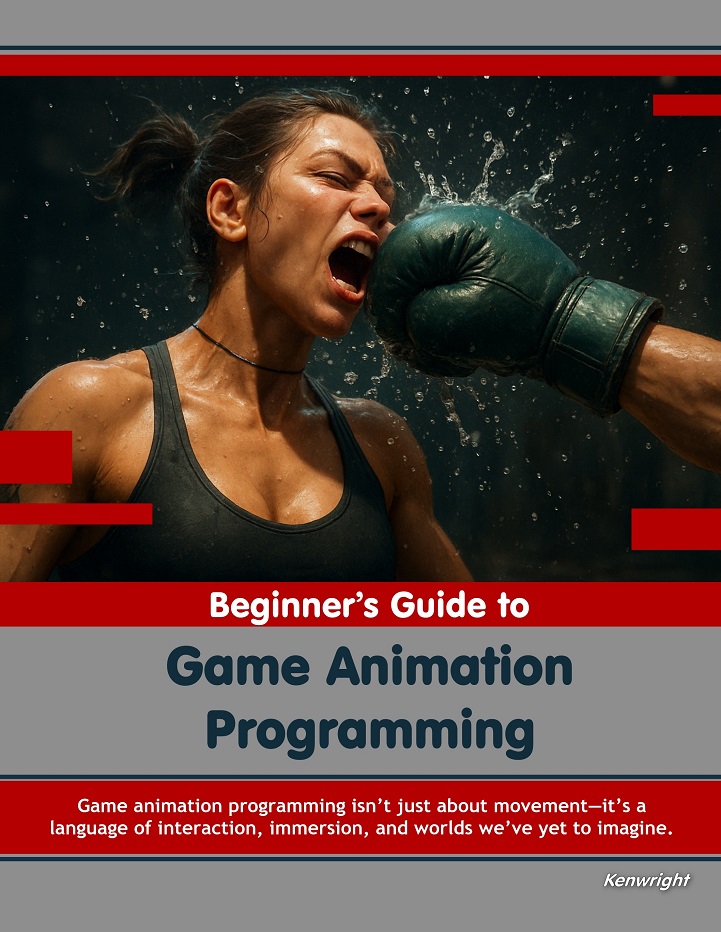
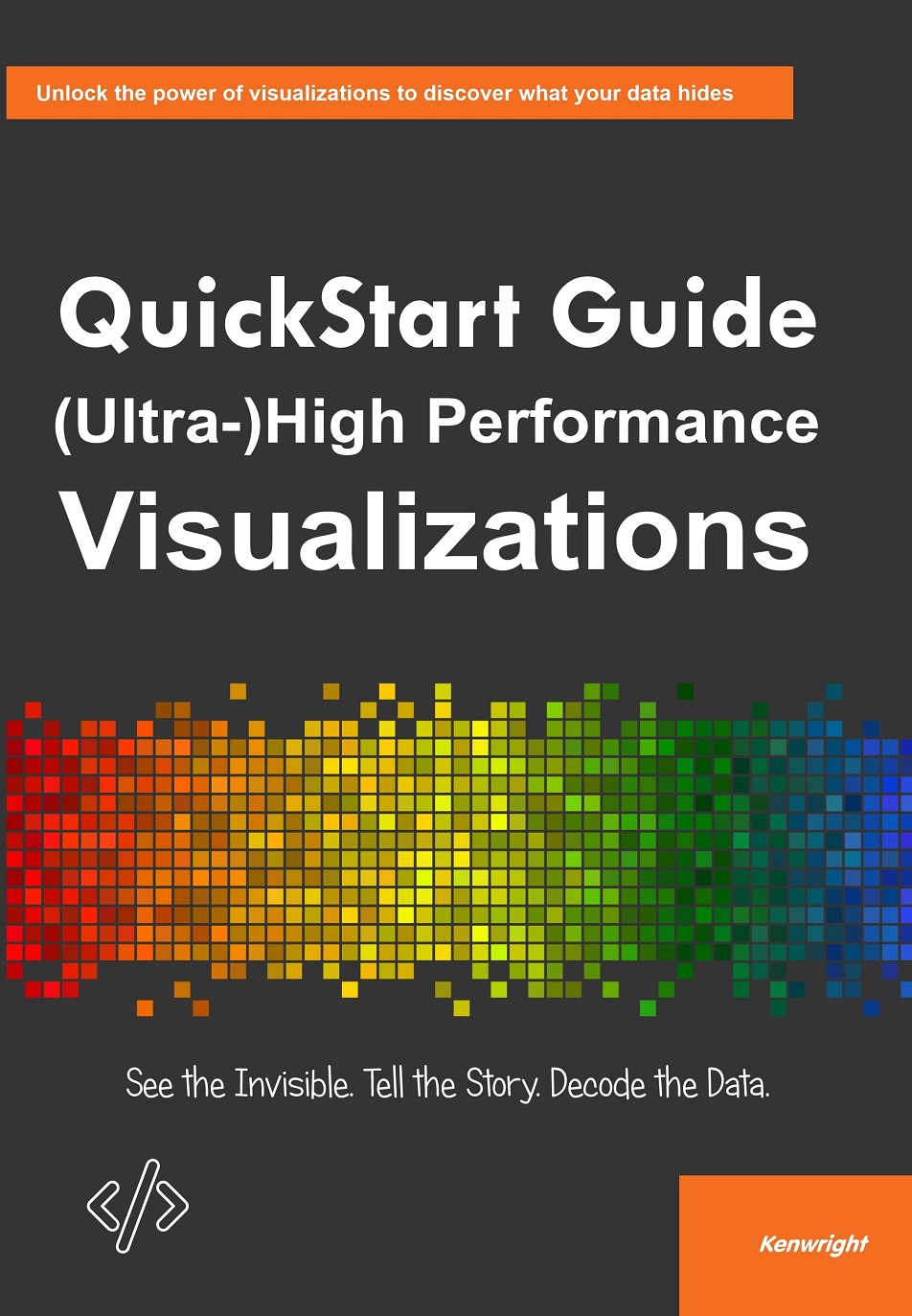
Book Statistics
Find This Book On
Awards & Recognition
- #1 Bestseller in Category
- Editor's Choice Award 2023
- Reader's Choice Award
- Book of the Month Selection